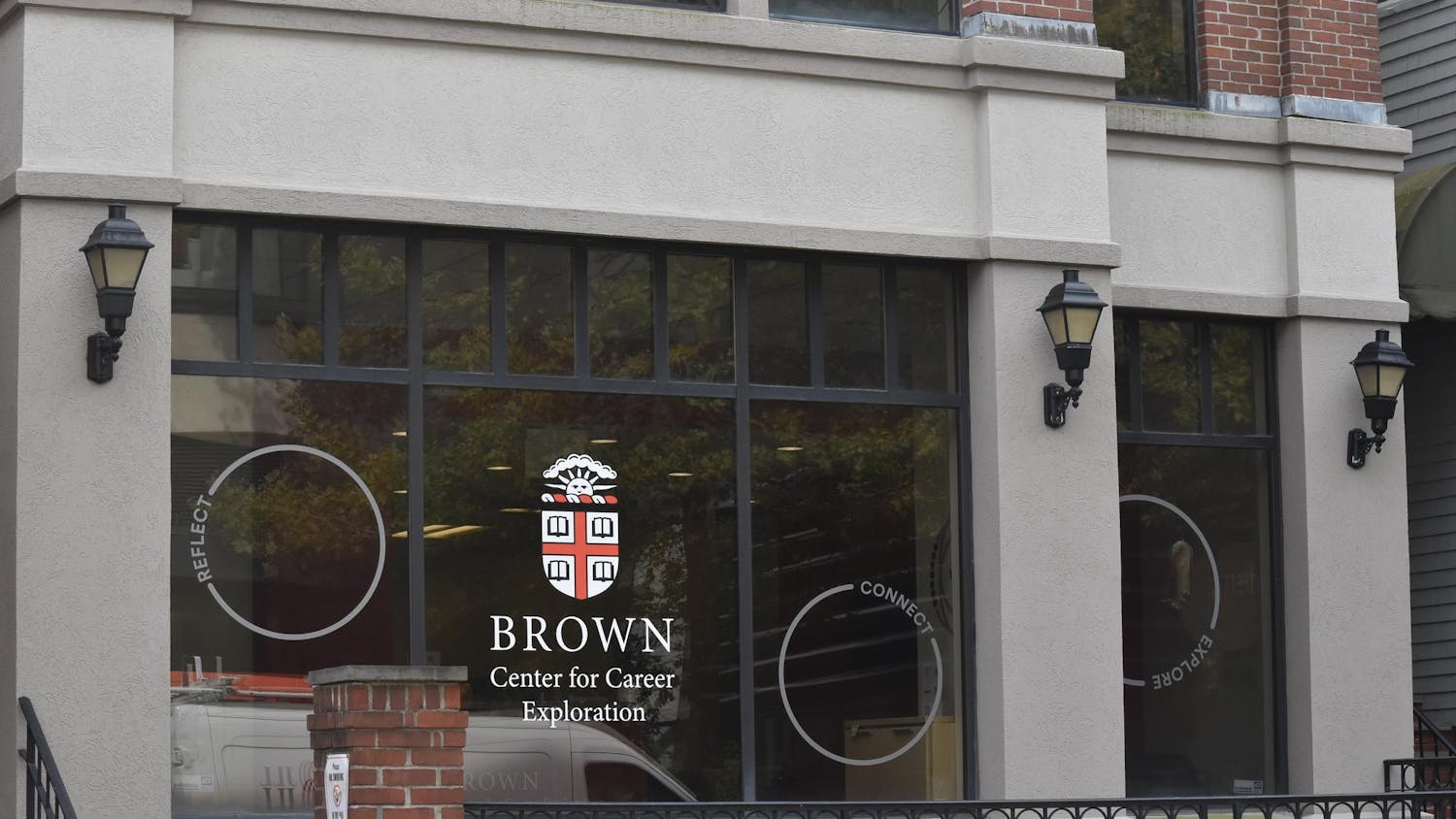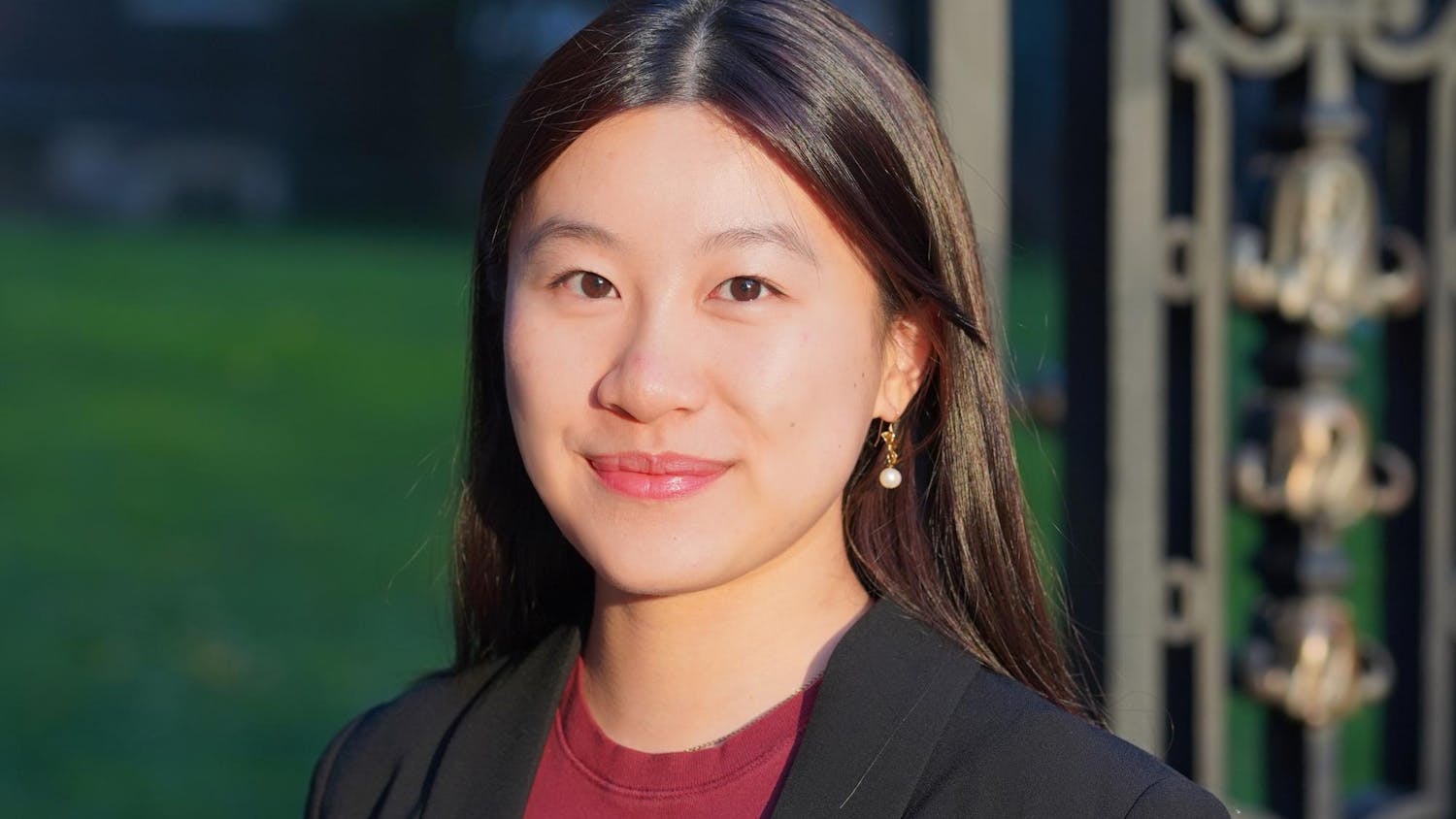The University’s yield rate — the percentage of admitted students who chose to enroll — rose to 61 percent for the Class of 2022, the highest yield on record in the University’s history, according to Dean of Admission Logan Powell.
Though not as high as yield rates at schools like Harvard and Stanford University — both of which enroll about 80 percent of admitted students, according to U.S. News and World Report — the University’s yield is much higher than most colleges and universities, said Sara Harberson, an independent college counselor. “Having a yield rate over 50 percent is pretty impressive for any institution,” she said. “Brown’s yield rate is double, maybe even triple what most colleges across the country are dealing with.”
The yield rate and volume of applications are the main factors that determine a college’s acceptance rate, Powell said. Since the University has a high yield rate and receives a large volume of applications, only a small percentage of applicants can be admitted, he explained. This is why the University’s acceptance rate, which fell to 7.2 percent for the Class of 2022, is so low, he added.
While a low acceptance rate is a mark of a highly selective school, a high yield rate suggests that a college is desirable among high school students, Harberson said. But unlike acceptance rates, yield rates are not widely publicized by colleges or well-known among applicants, even though students “know that certain colleges are more desirable than others,” she added.
Powell agreed that acceptance and yield rates are often seen as markers of a school’s reputation and demand among college applicants. “The indication is that the lower your acceptance rate” and the higher your yield rate, “the more people are interested in your institution,” he said. “It’s incomplete as a measure of an institution, but it’s a popular measure.”
Many factors that influence yield, such as the state of the economy, are out of the University’s control, Powell said. Despite the uncertainty in yield, colleges and universities must predict what their yield will be based on historical data to determine the number of students to admit. “We did project that our yield would go up this year,” he said. “We got very, very close to what we thought our yield would be.”
The University currently aims to admit 1,650 students every year, Powell said. Since all first-years live on campus, enrolling too many students would strain the University’s housing system. To avoid this, the University takes a conservative approach when admitting students and uses the waitlist to bring the class up to the target number of enrolled students, Powell explained.
For the Class of 2022, 148 students were admitted off the waitlist, while 51 students deferred their admission to take a gap year. By convocation, there were 1,657 students in the incoming class, Powell said.
Though colleges and universities cannot perfectly control enrollment, they can bolster their yield and build a significant portion of their freshman class through early decision admission, Harberson said. “If an institution has early decision, they have it for a reason: They need it,” she explained. “It increases the yield automatically because almost every student that gets admitted in early decision is going to enroll unless there’s a financial aid issue, and that’s pretty rare.”
Compared to the incoming classes of Ivy League universities and other peer institutions that implement binding early decision admission, the University admits the smallest portion of its first-year class — about 43 percent — through early decision, Powell said. “We’re not moving in a direction that some of our peer institutions have been for some time where over half of their first-year class” is admitted through early decision, he added.
Penn, for example, enrolled 52 percent of the Class of 2022 through early decision admission, according to its class profile.
Policy changes at the University can also have an impact on yield. Powell attributed the University’s increase in yield to three policy changes that went into effect during the admission cycle for the Class of 2022: Brown Promise, changes to the format of A Day On College Hill and increased travel grant funding for campus visits for low- and moderate-income students.
Beginning this year, the Brown Promise replaced all loans in financial aid packages with grants, The Herald previously reported. Powell expressed certainty that the increased financial aid made many admitted students more likely to enroll. “For those students who would have received loans, to now have a financial aid award that was packaged without loans is really meaningful and, financially, has really life changing implications for families,” he said.
Though Harberson sees this change as a positive development for the University, “Brown’s got some catching up to do,” she said. Many “Ivies eliminated loans ten years ago, and Brown’s doing it in 2018.”
To make it easier for more admitted students to attend ADOCH, the program was shortened from three days to two days, moved from the middle of the week to the weekend and offered twice in the month of April, Powell said. In addition, the increased travel grant funding allowed the University to invite domestic middle- and low-income student admitted to the Class of 2022 to visit campus with an upfront grant to cover the cost of transportation to and from Providence, Powell added.
Both the new ADOCH format and the increased travel grant funding aimed to help more admitted students come to College Hill before the enrollment deadline. These policies likely had a positive impact on yield because students who visit campus are twice as likely to matriculate as students who don’t visit campus, Powell said.
Devin Ahearn ’21 and Isaiah Spencer ’21 both agreed that ADOCH encouraged them to enroll at the University. ADOCH “made my decision,” Spencer said. “Brown was not even in the scope of my colleges until I went to ADOCH.”
“I wasn’t sure if I wanted to go to Brown” before attending ADOCH, Ahearn added. But when she came to campus for ADOCH, “I met lots of nice people that I loved, and I was like, ‘Okay, I definitely want to go here.’”
Bryce Blinn ’21 did not attend ADOCH, but he visited the University while college hunting. He also felt that visiting campus made him more interested in enrolling. “I never really had an idea of which schools I wanted to go to until I actually went there,” he said. “I saw Brown, and I really liked the area. People just seemed nice. That was one of the ways I could see myself coming here.”
The University’s yield rate has risen over the past two admission cycles, but Powell does not expect to see a similar increase in yield this year. “With consistent policies, one might expect a leveling off at this higher yield rate at about 61 percent,” he said.





